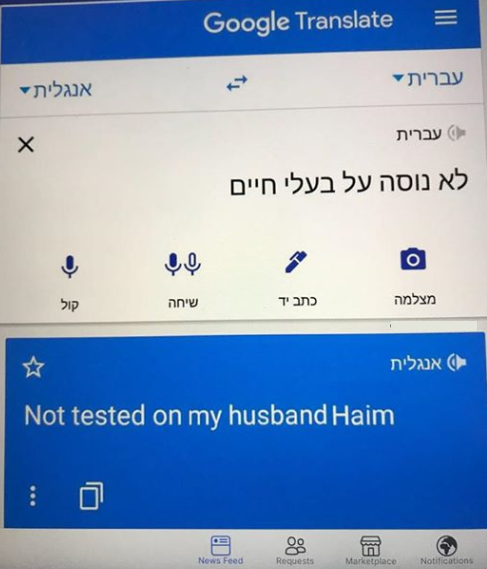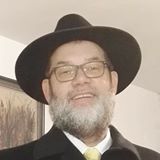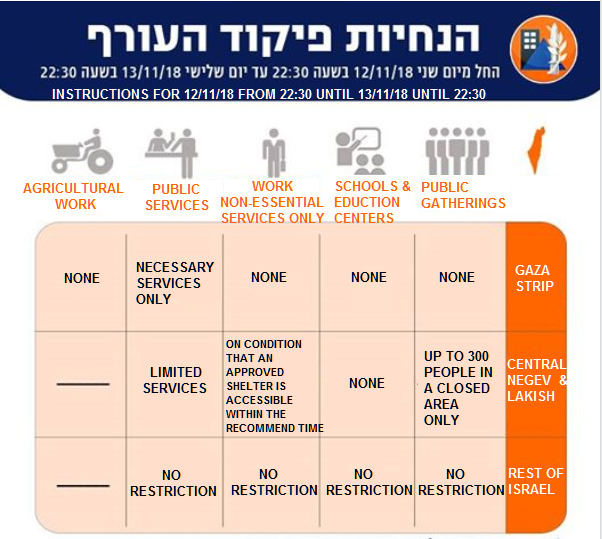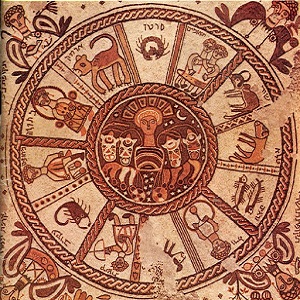Haifa Festival of Festivals 2018 – Walking Tours
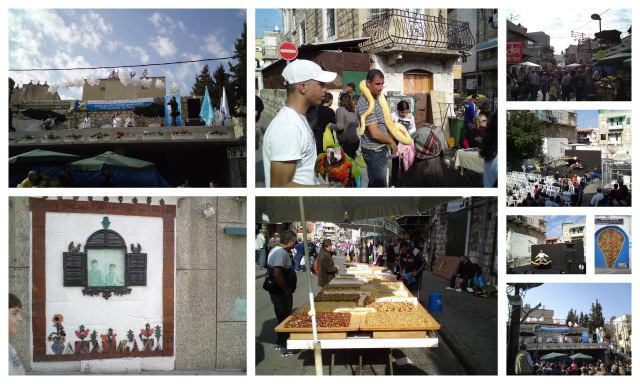
Scenes from the Haifa Festival of Festivals ( Image: Anglo-List)
Program of Walking Tours
The graffiti tour – Friday, December 7 at 10 am
Understand and learn about the graffiti artists,how to cope with the tension created by forbidden and permitted activities and how to continue to exist.
60 ₪ early bird tickets or at the door, 80 NIS
Tour from black to green – Fridays 7,14,21 / 12 at 10 am
On the morning of November 24, 2016, a huge fire broke out in Haifa. The city turned from green to black. In a new premiere tour, agronomists Hanoch Burger and Khaled Hamoud will followi the path of the damage to the recovery and restoration or the urban environment. 40 NIS advance purchase, 60 NIS at the door.
Art and food tasting – Fridays 7,14,21 / 12 Saturdays 8,15,21 / 12 at 11:00 and 14:00
A new tour combining art and cuisine. From Beit Hageffen straight to Wadi Nisnas to explore unique street art that have been in the Wadi for 25 years. Visit small restaurants serving local, fresh and delicious food. Hear the story of the wonderful neighborhood that is almost as it was in 1948, and now combines old with new.. 60 ₪ early bird tickets or 80 NIS at the door.
Come for Lunch – Saturdays 8:15 / 12 at 12:30
In the Wadi al-Jamal neighborhood – Ein Hayam is a mixed and colorful neighborhood at the foot of Mount Carmel. As part of the holiday celebrations, residents of the neighborhood open their doors and invite you into the neighborhood with its special character, characterized by co-existence. Around the dinner table, you will be served an authentic lunch in the tradition of the host family. ₪ 80 early bird tickets or 100 NIS at the door.
Inspirational Women’s Day Tour – Friday: December 7, 21, 9: 30 New!
Who are the women of Haifa? Feminists, activists, artists? A tour in the wake of Haifa’s women.
Between the Carmel and the sea are images of strong, active Haifa women who work tirelessly for the sake of the community and for themselves, with fascinating and inspiring life stories.
Get to know the feminine side of Haifa in a tour that will begin in the center of the Carmel in a meeting led by Dr. Hannah Safran, well known in the Haifa community as a peace and feminist activist.
The tour lasts about three hours.
110 NIS early bird or 130 NIS at the door.
Open house experience in the wadi – Fridays 7,14,21 Saturdays 8,15,22 hours: 10:00 12:30
Locals in Wadi NisNas open their doors and invite you in. Share the stories of those who remember the neighborhood like it was when Arabs and Jews cooked together in the courtyard of the building. Arabic, Yiddish and other languages mixed together and heard only in Haifa. Drink coffee, hear a story, ask questions. The tour lasts two hours. 70 ₪ early bird tickets. 90 NIS at the door.
Christmas Tour – Thursday 13 + 20 16:30 | 17:30
Haifa in December is like Christmas abroad
A special and festive Christmas tour – wonder through the decorated streets and the illuminated Christmas trees, the Churches and private homes that flicker with colorful lights and herald the coming of the Christmas holiday.
70 NIS early bird tickets or 90 NIS at the door.
Flea Markets – more than just vintage – Fridays 7,14 – 13:30 Saturdays 8:15 10:00 +13:30 – New!
Dr. Ofer Schwarzglass, a local resident of Yad Vaedan for market and environmental affairs, knows the small, secret alleys that tell special stories, architecture and history of the flea market. See beyond vintage and antiques.
40 NIS early bird tickets or 60 NIS at the door
Around Ein Hayam – Saturdays 8-15 December at 10:00
Ein Hayam is a community-tourism initiative initiated by the residents of Ein al-Hayam and Wadi al-Jamal where Jews and Arabs co-exist. The neighborhood is located on the green slopes of the Carmel opposite the shores of the Mediterranean Sea, has about 2,800 Jewish and Arab residents, Christians and Muslims and growing Haredi population. The neighborhood has unique good neighborliness and mutual understanding. Around the neighborhood are plenty of archeological, historical and religious sites and nature. The tour lasts two hours. 30 NIS early bird or 50 at the door.
What’s happening in the German Colony?
More details, early bird and discounted tickets and a full program on the festival’s website:


